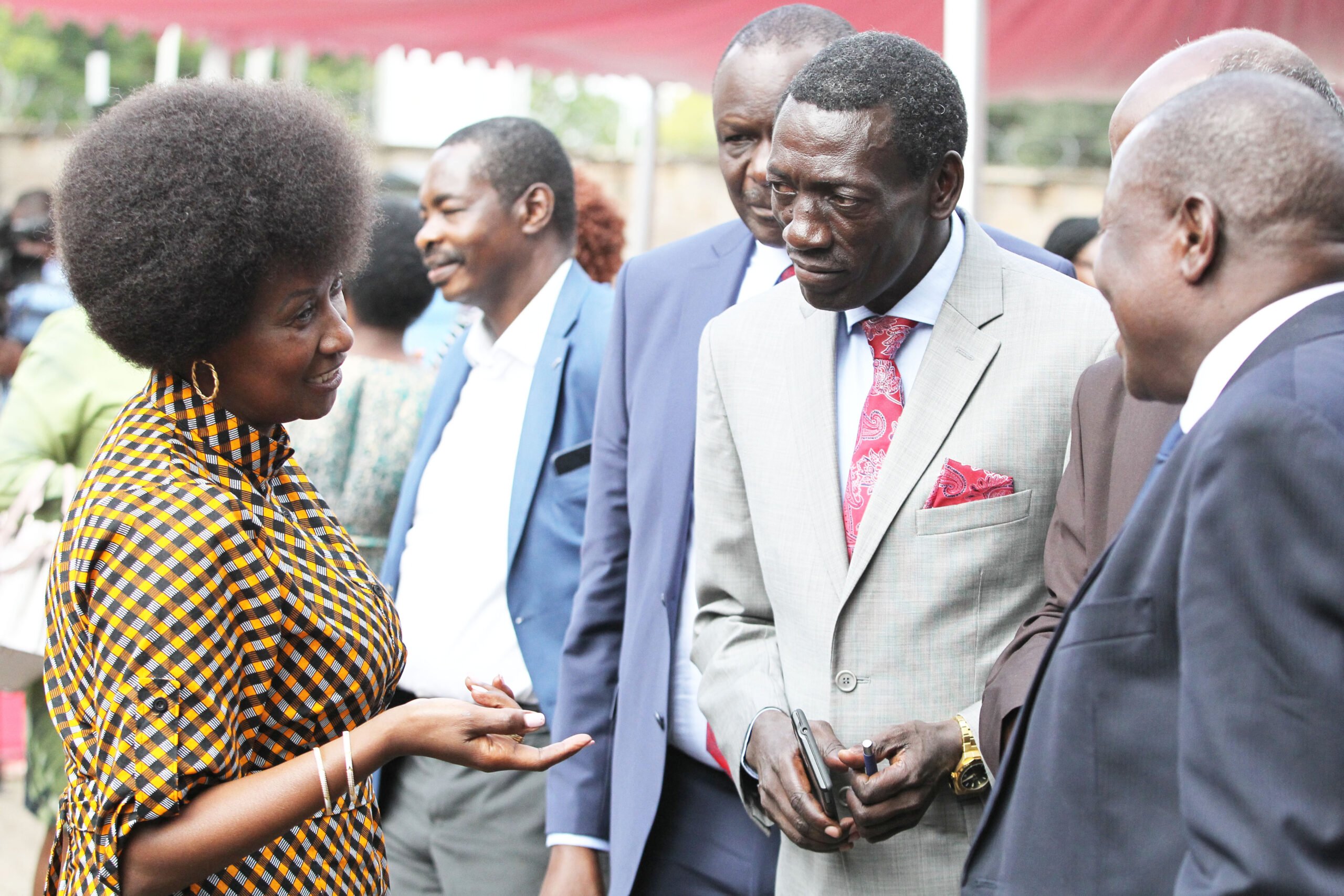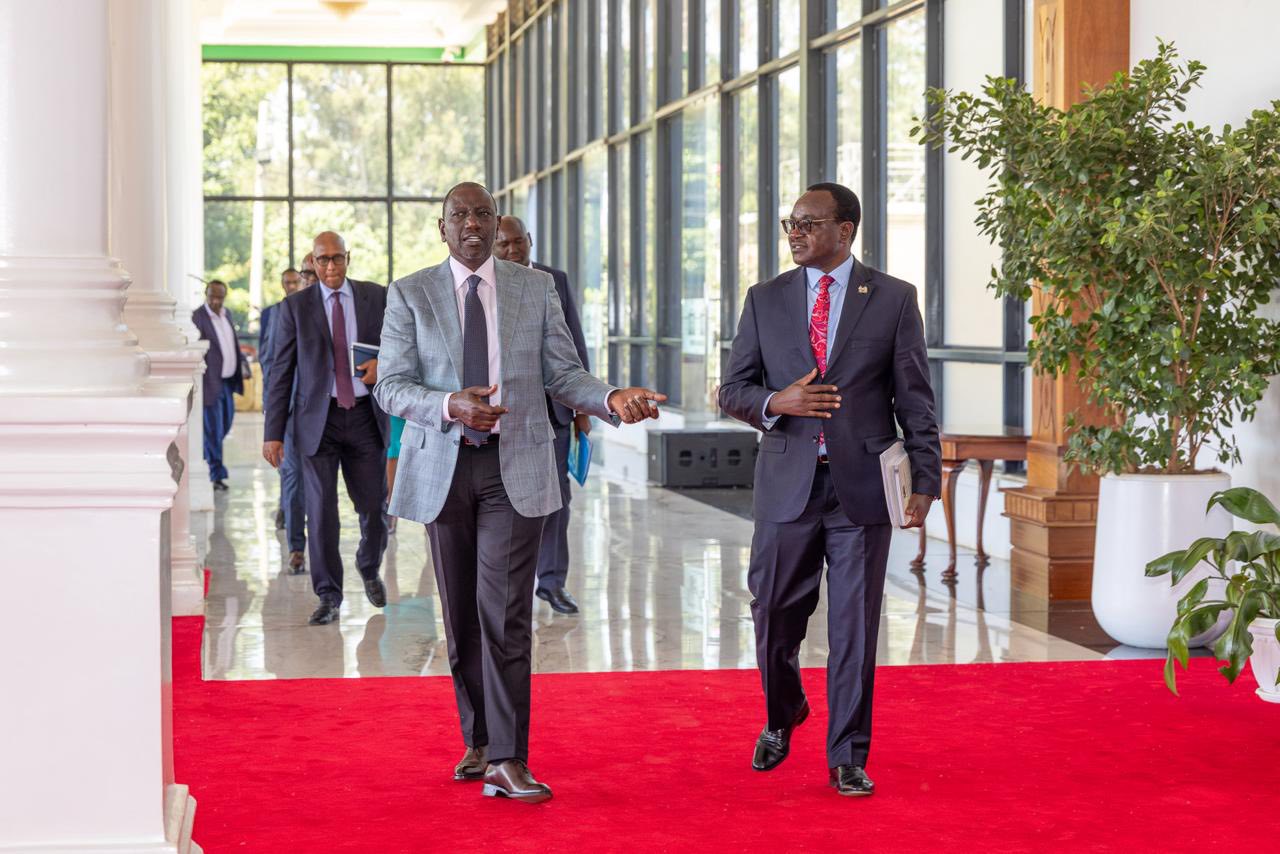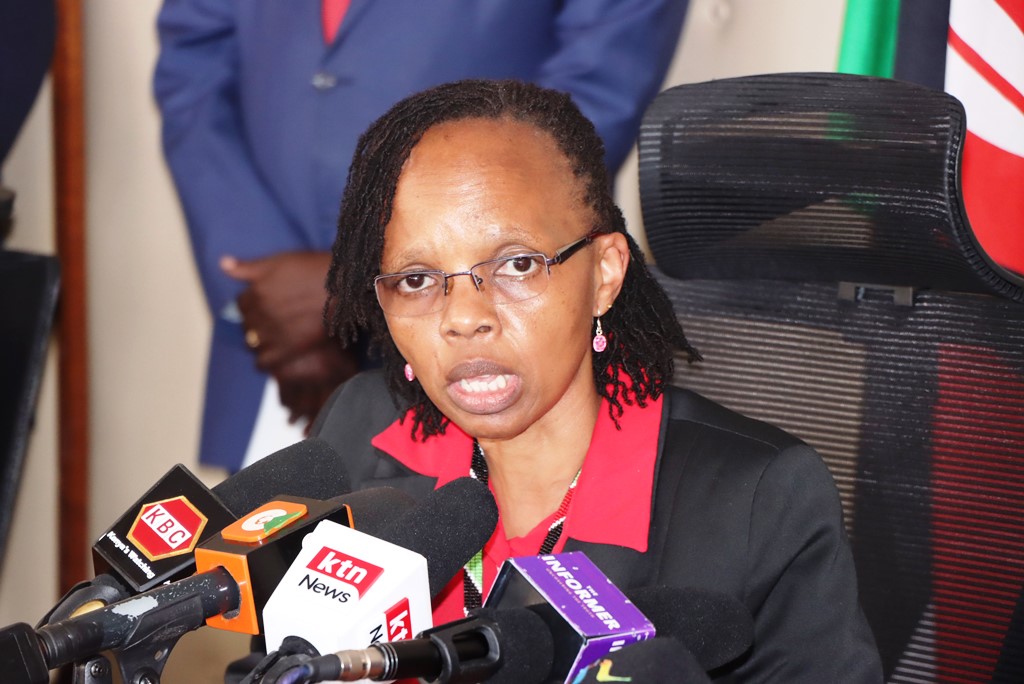By Hezron Roy
The Kenya National Union of Teachers (KNUT) and the Kenya Union of Post Primary Education Teachers (KUPPET) are now reading from different scripts over the issue of transition of the current Grade 6 learners; an issue which took center stage in all public hearings carried out by the Presidential Working Party on Education Reforms which concluded recently.
As KNUT under the leadership of Secretary General Collins Oyuu is pushing for domiciling of Junior Secondary School’s (JSS) Grade 7 to 9 in primary schools, KUPPET under the leadership of Secretary General Akelo Misori wants the same be transferred to secondary schools.
According to KNUT, they argue that the findings of a research they did in 2022 on domiciling grade 7, 8 and 9 established that there is availability of facilities in primary schools.
They state that primary schools are thrice the number of secondary school in Kenya since there are 32,344 primary schools both public and private vis-a vis 10,487 secondary schools both public and private.
The name Junior Secondary and domiciling grade 7, 8 and 9 in secondary schools is inappropriate – KNUT Secretary General Collins Oyuu.
They defend their position by stating that primary schools have available classrooms (current class 7 and 8) and that there is congestion in secondary school due to the 100 per cent transition policy.
“The structure of 2-6-3-3-3 is appropriate for delivery of CBC. The name Junior Secondary and domiciling grade 7, 8 and 9 in secondary schools is inappropriate,” said Oyuu.
On the question of age, KNUT observed that the mixing of children who are aged 11 to 14 years with young adults who are aged 15 to 19 years is likely to result to bullying and school unrest, and that there is adequate capacity of teachers with Diploma and Degree in Secondary Education available in primary schools.
“Teacher currently teaching in primary schools have undergone the CBC training and have practiced on the CBC approaches which is an added advantage compared to the secondary teachers who have just started In-service training on CBC. Thus, Primary school teachers stand a better chance for In-service training for grade 7, 8 and 9,” added Oyuu.
KUPPET on its side maintains that Junior Secondary should be domiciled in the existing Secondary Schools since it lays the foundation and prepares learners for specialized career pathways in the arts, sports, social sciences or science, technology, engineering and mathematics in Senior Secondary Schools.
The union further notes that the curriculum designs for JSS are for secondary school level education, with abstract concepts introduced across the subjects which were previously in Form One.
“I invite the Working Party to examine the widespread challenges many teachers in primary schools have faced in delivering Grade 6 Science, Mathematics and language contents,” said Misori.
The union defends their position further by noting that teachers at that level are trained to deal with adolescents, whose onset starts at 13 years, and sometimes even at 12 years.
“Unless anyone is coming from the moon, only secondary schools have the human resources, libraries, laboratories and more importantly the culture for JSS,” he added.
Our question as KUPPET is simple. For the many years that our current Grade 6 students have been studying under the CBC, have they been looking forward to joining secondary schools or remaining in primary schools? – KUPPET Secretary General Akelo Misori.
The union notes that the same parents who are pushing for retaining of JSS in primary schools due to their age have children in boarding schools as early as Standard Four, and that the country’s primary schools are even more populated that secondary schools.
“We have seen some pedestrian arguments made about retaining the students in primary school. Some claim that the students are too young to join boarding school. These are the same parents who take children to boarding school as early as Standard 4,” said Misori.
He added: “Others claim that primary schools will have more room, with two current classrooms being vacated during the transition. These are straw man’s fallacies meant to cloud the real debates about CBC transition. For one, Kenyan primary schools are much more crowded than secondary schools. It is for this reason that private investment in primary education has high returns.”
Misori told parents that JSS is not about the big schools like Alliance, Mang’u or Kenya High School but it’s about the schools in their own localities, where the students can learn as day-scholars from the comfort of their homes; adding that each public secondary school had established at least two classrooms for JSS in the last financial year and more are being made ready for January 2023.
“Much more has been done through CDF and community efforts in anticipation of the CBC intake. There is no such preparedness in primary schools,” he said.
KNUT recommends that the three years of Grade7-9 should be undertaken within existing primary schools and named as senior primary school, to ensure maximum utilization of infrastructure at both primary and secondary schools.
It further recommends that identification of teachers expected to be deployed for grade 7-9 should be done appropriately.
“Grade 7, 8 and 9 is a bridge between primary and secondary education. As a start Primary school teachers with a minimum of Diploma in Secondary education should be deployed for Grade 7, 8 and 9,” said Oyuu.






